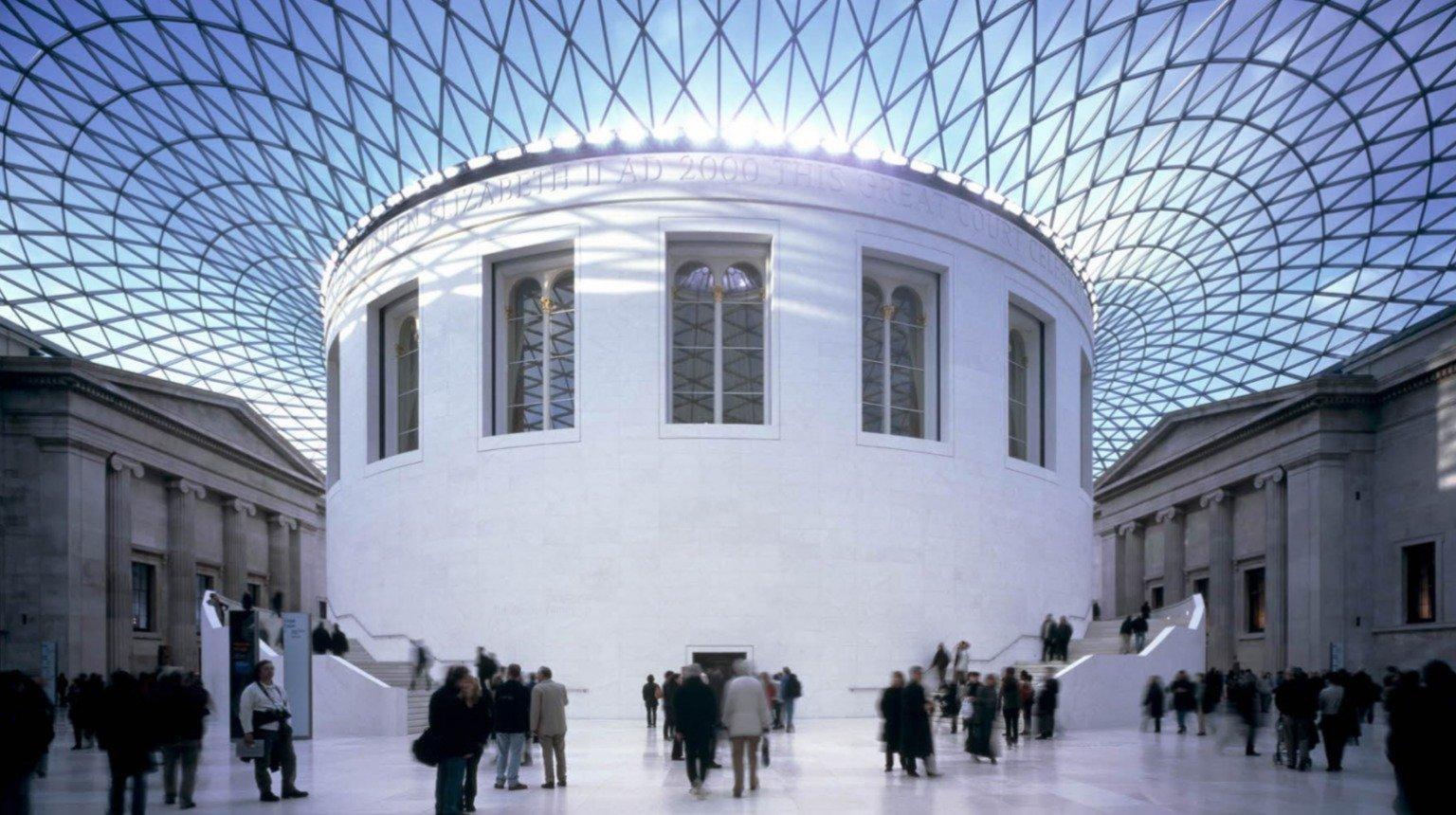At the height of the Achaemenid empire of the Near East, Darius I (522-486 B.C.E.) began construction on the great royal centre of Persepolis, a complex of places, columned halls and storerooms. This relief was originally part of the façade but was eventually transferred to form part of the staircase of another palace. It depicts a male sphinx wearing an elaborate head-dress of a divinity. Intended to protect the building from an enemy he raises his left forefoot to ward of intruders. Such fantastic beasts were derived from Assyrian art. This relief was discovered at Persepolis in June 1826 during excavations by Lieutenant-Colonel John MacDonald (Kinneir), then heading an official delegation from the East India Company to the Persian Court. It originally formed a pair, but its pair no longer survives.
More information
Title of artwork, date
Relief of a Sphinx, 4th century BC
Date supported
1937
Medium and material
Limestone
Dimensions
82 x 75 x 7.5 cm
Grant
600
Total cost
600

Get a National Art Pass and explore British Museum
You'll see more art and your membership will help museums across the UK
National Art Pass offers available at British Museum
Art Funded by you FAQs
Contact us
If you have a question about a work of art in our archive, please contact the Programmes team. We’ll be happy to answer your enquiry.